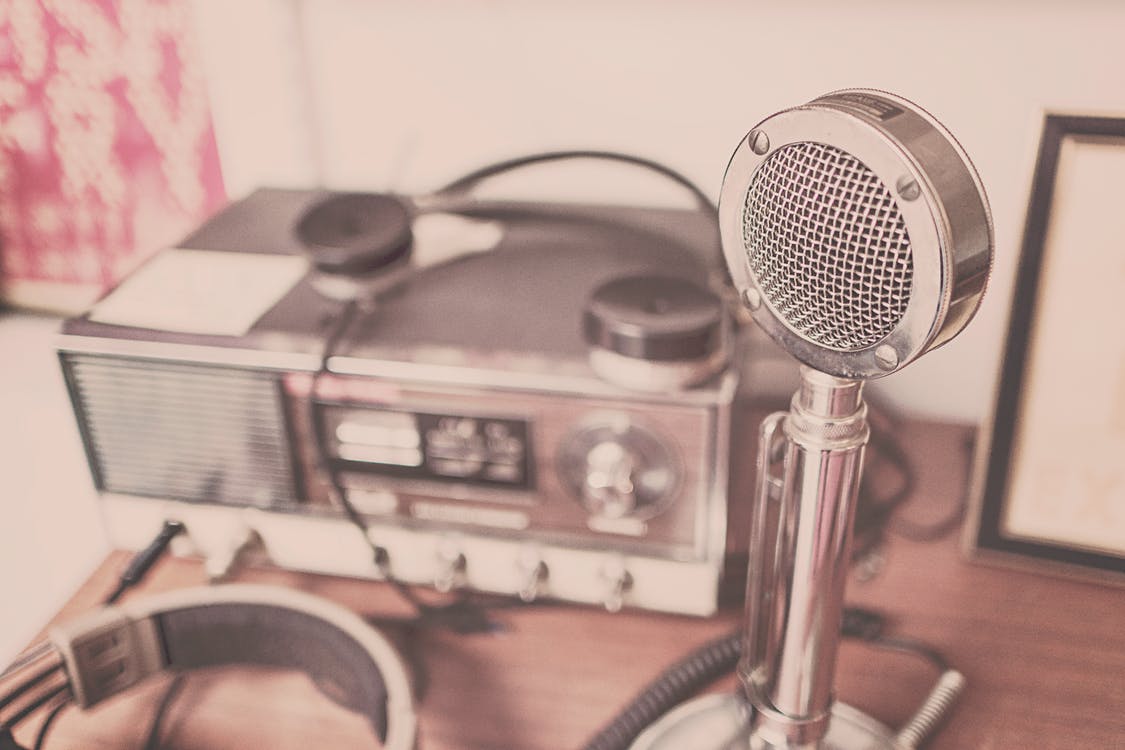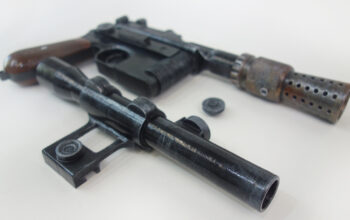Are you fascinated with the world of radio communication? It’s undoubtedly a niche interest, but it’s one where you can have a ton of fun. You can use a radio professionally or as a hobby, and it’s pretty easy to get started with the proper guidance.
Whether it’s your first time owning a radio system or you’re looking to enhance your current setup, here’s a neat little guide to enhancing your experience.
Getting a Transceiver
A transceiver is one of the essential components of your radio setup. It’s a device that can both transmit and receive radio waves, allowing you to communicate effectively.
Finding a suitable transceiver can be challenging if you don’t know what to look for when putting together your set-up. It’s no surprise since the radio communication jargon can be pretty complex. Some transceivers, like the Moonraker ftdx10, come equipped with various functions for optimal communication.
Getting the Right Accessories
Radio has been around since the early 1900s, but things are much different today. One of the best parts about radio communication is that there are countless accessories you can get to improve your experience. Some things you’ll need are:
- Comfortable headset
- High-quality microphone
- Earpieces for finer audio
Once you get the hang of broadcasting transmissions, you can look into more sophisticated accessories for your system.
Tips for Two-Way Communication
If you’re using your system for two-way communication, you’ll need to understand the basic etiquette. Here are a few tips for two-way radio communication, especially during emergencies:
Repeat Back What You Hear
Most people would think repetition is unnecessary and annoying. However, it’s vital when communicating via radio. Radio and phone transmissions are quite different. Sometimes things don’t come across clearly on a handheld system. So, it’s best to repeat what the person on the other side said for clarification.
Keep Your Words to a Minimum
When communicating through radio, you want to keep your sentences as short as possible. Long explanations will only confuse the person on the receiving end. Break up your points into clear and concise sentences so that your message gets across smoothly.
It also helps to think about what you want to say before you start communication. Stuttering and mumbling will cause more confusion.
Understand That Others May Be Listening
If you’re speaking on an open channel, there’s a possibility that others may pick up your transmission. Open channels can be a good thing in an emergency SOS situation. It allows the sender to have their message heard by as many people as possible.
That said, remember that the information you transmit may not always be private. Anyone who tunes in to the channel can hear your conversation.
Always Check Your Radio Equipment
One mistake a lot of new operators make is not checking up on their gear. The equipment is quite delicate, and it won’t always work the way it should. Pushing random buttons on your transceiver or slightly shifting your antenna out of place can disrupt your signal.
Be sure you always take good care of your setup to ensure that you can have an optimal experience. If you want to make changes to your system, always check to see if the new devices are compatible with your old ones.
Final Thoughts
No doubt, broadcasting transmissions or communicating via a two-way radio can be a lot of fun. Not only is it an excellent form of entertainment, knowing these skills can help you in an emergency. As long as you follow all the basics and understand how the technology works, you can master communication in no time.
Related Posts












